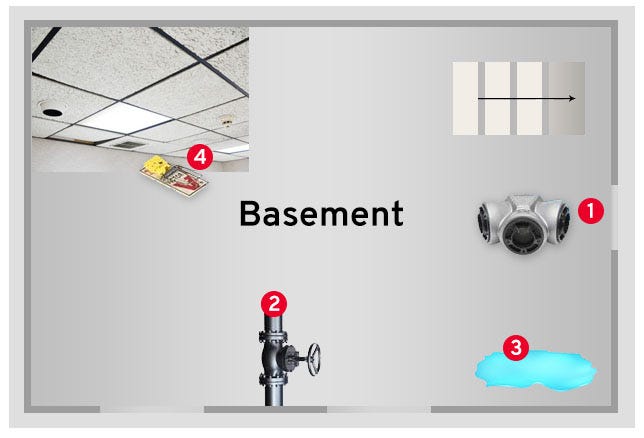Rodent-Proof Your Home
Click on an area of concern to see what conditions commonly lead to a rodent problem, and what you can do to prevent them.

Tips For A Rodent-Free Home
Whether you’re in the middle of a battle against rodents or want to prevent an infestation from ever happening, rodent proofing is essential to protecting your home. Rodent populations will continue to increase in conditions that allow easy access to food and shelter. By properly storing common attractants, sanitizing your indoor and outdoor spaces, as well as sealing off access points to your home, you will be able to reduce or eliminate the conditions that invite rodent infestations. Below are some simple steps you can take to stop rodents from making your home theirs.
Storage
It’s easy to forget about the food and items you keep stored away, but mice sure haven’t forgotten about them! Ensuring that your cupboards and other storage areas are properly organized and inspected is an important step in the battle against rodents
- Store dry food, pet food, and birdseed in metal, glass, or plastic containers.
- Properly seal any seasonal storage items to prevent nesting.
- Avoid using cardboard boxes that can easily be accessed by nesting rodents.
- Raise storage items off the ground using shelving or pallets.
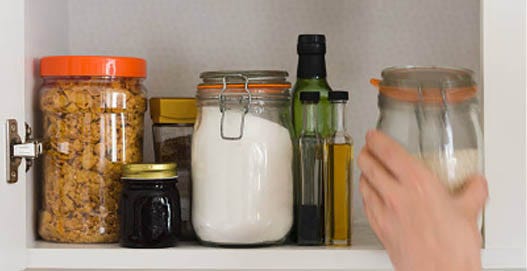
Sanitize
Sanitation is an important step in preventing rodent infestations. Rodents must have adequate food and shelter in order to live and thrive. Removal of these two factors is the best way to prevent and control rodent problems. It is important to include both the outside and inside of your home in your sanitation efforts.
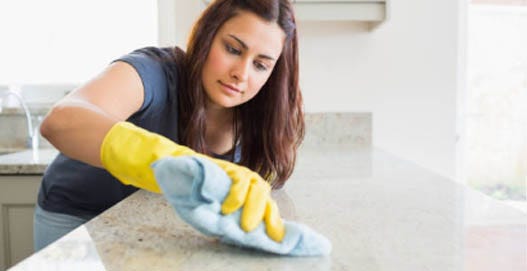
Indoors
- Clean common crumb areas, including under stoves, refrigerators and dishwashers.
- Regularly sanitize countertops and keep them clear of food.
- Do not leave glasses of water out overnight.
- Remove uneaten pet food at night and keep the area clean.
- Keep garbage cans clean and covered.
- Regularly clean up areas of moisture.
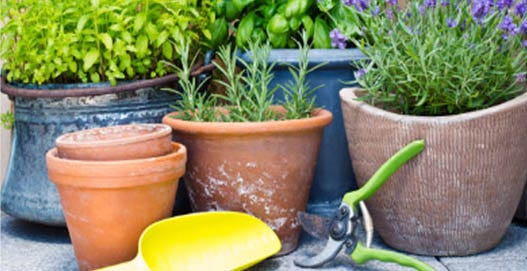
Outdoors
- Regularly mow the lawn to prevent hiding spots.
- Trim overgrown vegetation until ground underneath is visible.
- Clean up dropped seeds from bird feeders.
- Pick up any fruit that has fallen from trees in your yard.
- Remove any debris, including rock piles, old equipment, etc.
- Store firewood off the ground and away from the house.
Seal
One of the best ways to control rodents is to make it impossible for them to gain entry to your home. It can be difficult to exclude mice completely since they can pass through ¼-inch openings, approximately the size of a dime. Rats can squeeze through ½-inch openings or the size of a nickel. Regularly inspect and repair these common rodent access points to keep them out.
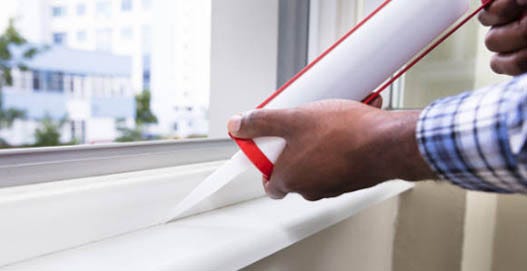
Rodent-Proofing Materials
- Caulk
- Coarse Steel Wool
- Concrete
- Copper or Aluminum Wire Mesh
- Hardware Cloth - 19 gauge
- Sheet Metal – 26 gauge thickness

Common Access Points
- Plug or repair all cracks and gaps in foundation, walls, basements, etc.
- Seal gaps and cracks around doors and window frames.
- Caulk holes around pipes that lead to appliances.
- Cover up any open insulation that mice may use as nesting
- Seals around all exterior lines leading through walls must be tight.
- Place a cap on the chimney to prevent entry by rodents and other animals.
Inspection Checklists
Now that you know how rodent proofing can help you in the battle against mice and rats, it’s time for your own home inspection. Since finding rodent nests can feel like a game of hide and seek, we are providing you with a few tools to give you the leg up! Download our printable checklists to keep on hand so you never miss a high-activity area while inspecting and repairing your home.
Attic
Insulation
- Clean areas under stoves, refrigerators and dishwashers.
- Keep counter tops clear of food.
- Do not leave glasses of water out overnight.
- Store dry food, pet food and birdseed in sealed containers.
- Clean pet bowls at night.
Soffit
- The soffit is a common access point
- Regurlarly inspect soffit for openings or cracks to be fixed
Attic Vent
- Keep any attic or roof ventilation screened off to stop rodents as well as birds from entering
Chimney
- Cap chimney to keep out squirrels, rats and mice, as well as birds and raccoons
Electrical Wires
- Wires leading into the house provide a bridge and an access point
- Keep traps or repellents set to catch or deter rodents in this area
Storage
- Any seasonal storage that contains food items should be properly sealed
- Ultrasonic repellents should be placed strategically to keep rodents from chewing through boxes and finding nesting material

Garage/Shed
Garage Doors
- Inspect and replace the rubber seal at the bottom of the door regularly.
- Inspect the door frame for cracks or holes to be sealed with caulk.
Seed & Pet Food Storage
- Reduce the amount of edible items stored in your garage or shed (bird seed, plant seeds, pet food, etc).
- Store any food items in metal or plastic storage containers.
- Use an ultrasonic repellent to keep rodents away from these areas.
Garbage Cans
- Keep your cans clean and covered
- Inspect regularly for gnaw marks or holes near the bottom of the can. Replace trash cans when necessary.
- Place snap traps along the wall near your trash cans.
Chimney
- Cap chimney to keep out squirrels, rats and mice, as well as birds and raccoons.
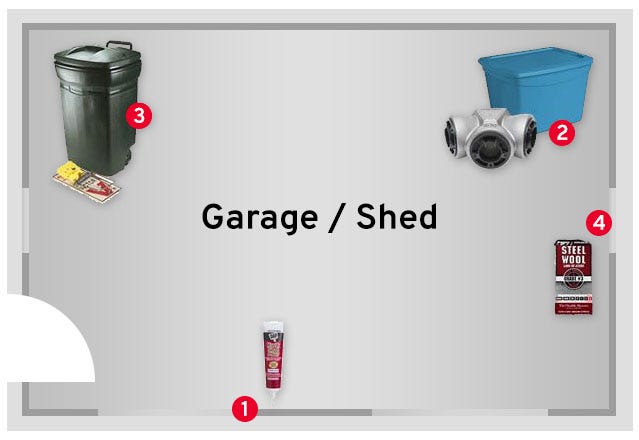
Kitchen
Under Cabinets
- The "toe kick" underneath cabinets acts as a natural corridor for mice and rats.
- This is an optimal area to set any traps.
Sink & Dishwasher
- Any piping coming to these appliances will require holes to be drilled, which usually have some slop.
- Check these areas for openings as big as or bigger than a dime, and seal them off
- Dishwasher insulation provides nesting material for rodents, so keep snap traps set to catch this problem before it occurs.
Refrigerator & Stove/Oven
- The space under the refrigerator and stove is often used for shelter
- Spills and crumbs provide food to rodents. The warmth of the refrigerator motor and oven is inviting.
- Keep electronic traps and repellents set, as there is little you can do to keep this area from being excellent for nesting.
Pet Food/Dish
- The same things your pets eat, will be eaten by mice and rats as well.
- Keep this area clean, and place traps that are friendlier towards pets such as electronic traps or live traps
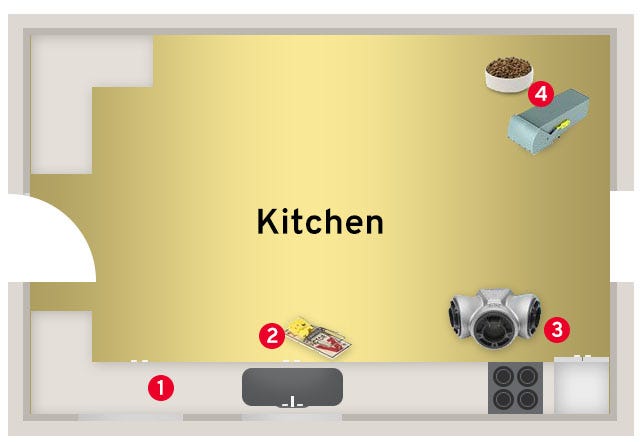
Outdoors
Bird Feeders
- Dropped seeds from spills or anxious birds can attract rodents looking for food.
- Temporarily remove feeders if there is a rodent problem.
Landscaping
- Inspect landscaping, as ivy, vines and ground cover can give rodents quick access to your home.
- Maintain your gardens and gardening equipment so that rodents don't have a reason to come around.
- Remove any debris - rock piles, old equipment etc. that may be harboring rodents.
Wood Piles
- Firewood storage should be kept away from the house.
- Elevate lumber and firewood at least 18".
Dryer & Crawl Space Vent
- Dryer vents must be well sealed and functioning properly as lint attracts rodents and may not allow the vent to close.
- Crawl space vent covers must be tight.
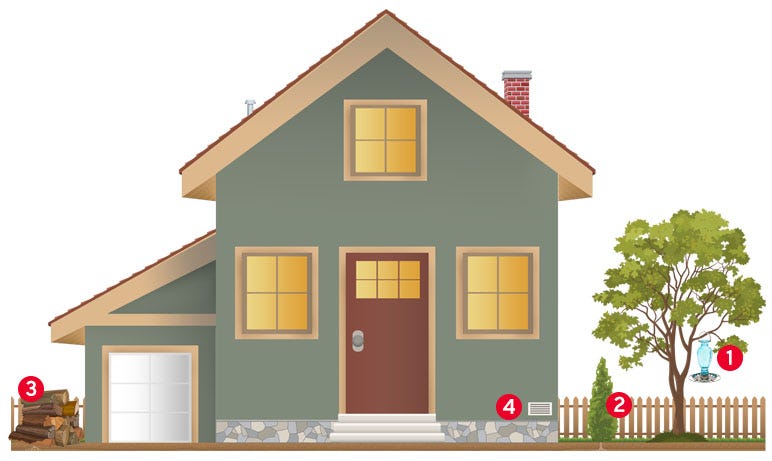
Basement
Foundational Gaps
- Inspect the basement walls and foundation for any cracks or gaps, gaps as small as a dime can allow mice to squeeze in and out.
- Make sure you properly patch them as soon as they start to form to keep rodents out.
- If you're unable to find the source of the openings, ultrasonic repellents will work to keep rodents out.
Piping, Plumbing and Utility Lines
- Check around the plumbing, wiring, cable, and other infrastructure that leads out of a house.
- Purpose-placed holes in the foundation can open up, or be too large in the first place
- Stuff these spaces with copper mesh or coarse steel wool and seal with caulk.
Standing Water
- Any places in your basement that attract moisture, may also attract rats.
- Look for areas of moisture in your basement and either prevent it from coming back, or clean it up regularly.
Drop-Ceilings
- Drop ceilings can become home to mice without the occupants even knowing.
- Set a few snap traps on top of the tiles at all times to keep an infestation from occuring.
